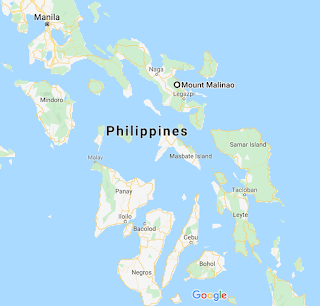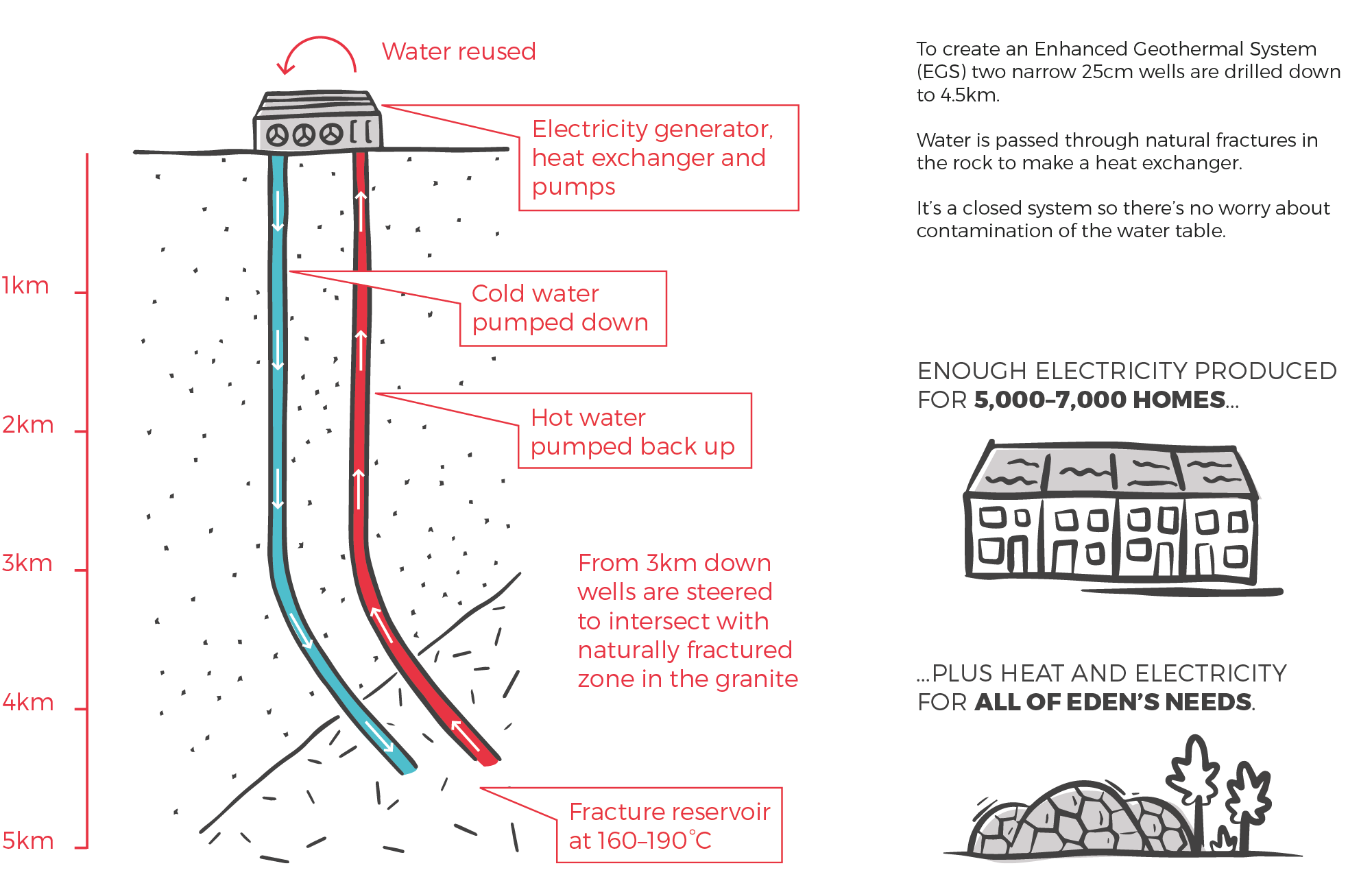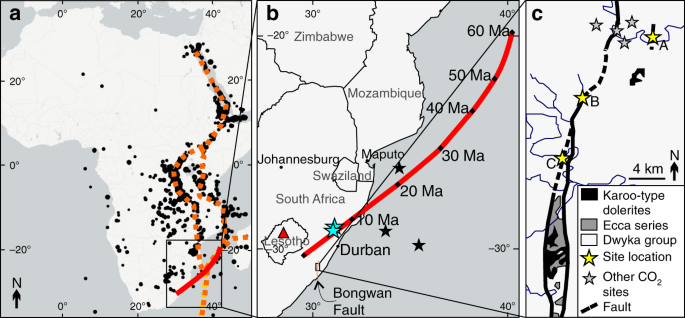Nearly half of U.S. geothermal power capacity came online in the 1980s (EIA)
Geothermal energy has been used to generate electricity in the United States
since the early 1960s. The United States has 2.5 gigawatts (GW) of operating geothermal capacity, about half of which came online in the 1980s. EIA expects three plants with a combined capacity of 115 megawatts (MW) to come online in 2020. Nearly all U.S. geothermal capacity is located in California and Nevada.
Geothermal is similar to other renewables in that it does not consume fuel to generate power, which means relatively low operation and maintenance costs, and it typically has low emissions of
criteria pollutants. However, geothermal is different from other renewable technologies because it is not dependent on seasonal factors such as precipitation, wind resources, or exposure to the sun (solar insolation) and it provides a constant source of energy.
As a result, geothermal power plants tend to have high and relatively flat capacity factors throughout the year. Geothermal
capacity factors in the United States averaged 76% in 2018, the highest among renewable energy technologies.
Geothermal technology is geographically limited to areas with suitable hydrothermal reserves. The technology also has relatively high capital costs and carries investment risk because of long project lead times and payback periods. In the 1980s, about 100 MW of geothermal capacity was added each year. Since then, geothermal installations have slowed because of geographical limitations, declining wholesale electricity prices, and declining costs for other renewable technologies.
Geothermal sites for power generation typically have high temperatures, relatively shallow depths, and naturally occurring underground hydrothermal reserves in permeable rock. A
2008 U.S. Geological Survey (USGS) study estimated a total U.S. resource potential of 9 GW of electric power generation from identified hydrothermal sites and up to an additional 30 GW from unidentified hydrothermal sites.
Most of this identified resource potential is in the
western part of the United States. About 94% of the current U.S. geothermal generating capacity is in California and Nevada. Five other states—Hawaii, Idaho, New Mexico, Oregon, and Utah—also have geothermal power plants. The three new geothermal generators expected to come online in 2020 are in California and Nevada.
Currently, 25 states and the District of Columbia include geothermal as an approved resource to meet their
Renewable Portfolio Standards (RPS). Since 1980, geothermal power plants have also received the support of a federal
10% investment tax credit (ITC), and they were eligible to receive a $0.023 per kilowatthour
production tax credit (PTC) in lieu of the ITC from 2005 to 2017.
Read More.........

































